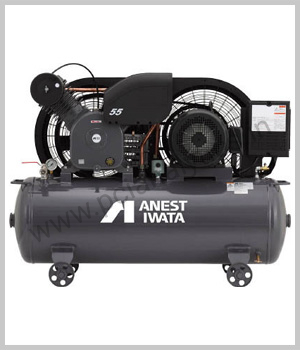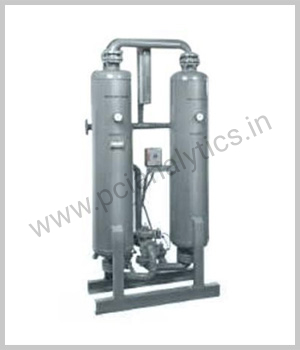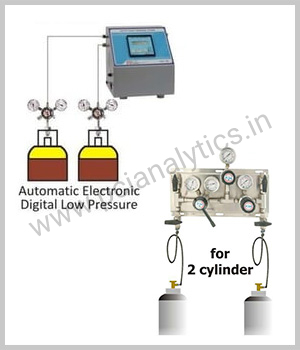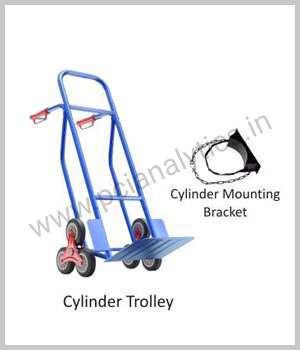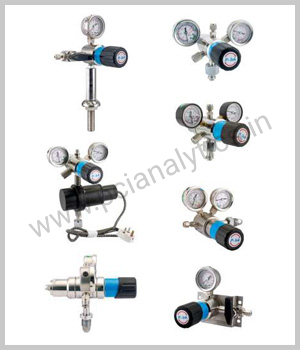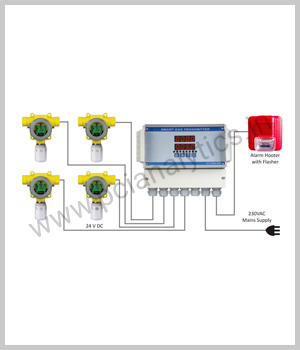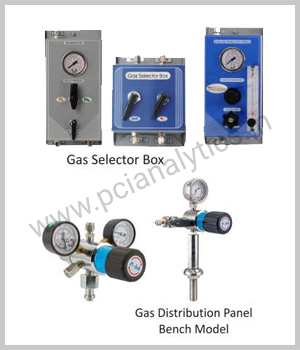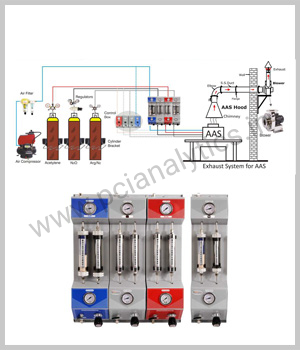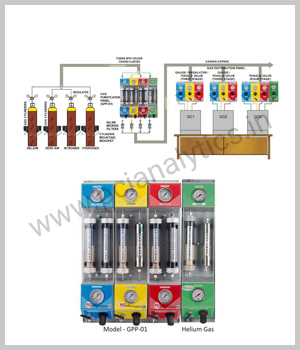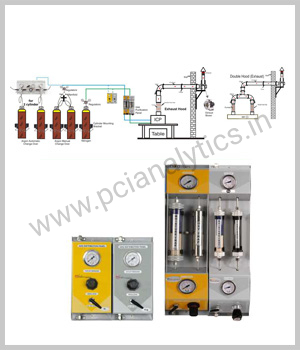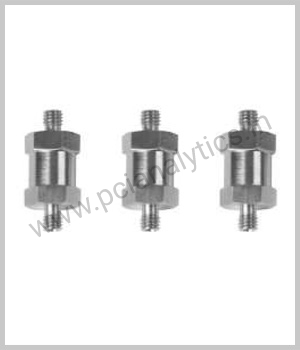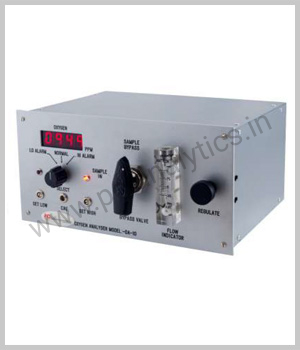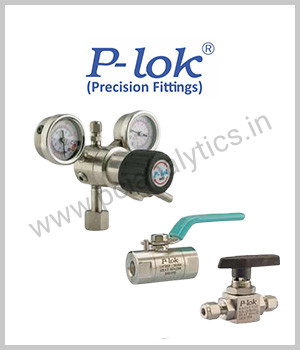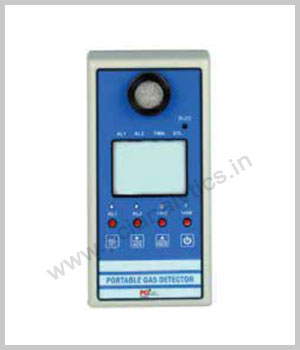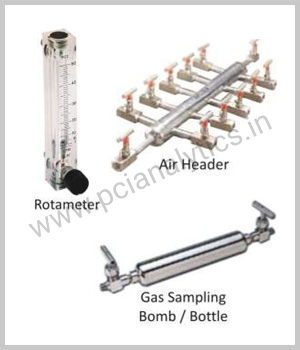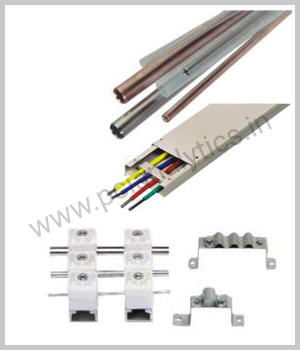Gas Equipment
Gas Equipment
PCI Analytics Pvt. Ltd. offers Gas Equipment and Gas Fittings for Laboratory applications such as Gas Chromatography, Atomic Absorption Spectrometry, Inductively Coupled Plasma, FTIR, Particle Counters, TOC Analyzers, GC-MS, LCMS , Gas Purging in Reactors, Gas Purging in packaging applications. These Gas Equipment provides ease of carrying Ultrapure Gases like Nitrogen, Hydrogen, Zero Air, Helium, Acetylene, Ammonia, Argon and so on from the point of source to point of use through variety of intermediate steps to maintain Flow, Pressure and Purity.
The Gas Equipment offered by us includes Air Compressors, Air Dryer, Automatic Changeover - Mechanical / Electronic, Cylinder Trolley & Mounting Bracket, Gas Cylinder Regulators, Gas Detection System, Gas Distribution Panel & Selector Boxes, Gas Monitoring System, Gas Purification & Control System for AAS, Gas Purification & Control System for GC, Gas Purification & Control System for ICP, Inline Micron Filters, Oxygen Analyser, P-Lok Fitting Valves & Regulators, Portable Single Gas Detector, Rotameter, Gas Sampling Bomb, Air Header, Tubing / Casing Capping.
Gas equipment for laboratories refers to a variety of devices and systems designed to handle, deliver, and manipulate different types of gases within a laboratory setting. These gases could include inert gases (such as nitrogen and argon), reactive gases (such as hydrogen and oxygen), or specialty gases required for specific experiments and processes. Gas equipment ensures the safe and controlled use of gases, which is essential for various scientific and research applications.
Here are some common types of gas equipment found in laboratories:
Gas Cylinders:
These are containers that hold compressed or liquefied gases. They come in various sizes and materials, such as steel or aluminum. Gas cylinders are equipped with valves that regulate gas flow and pressure.Gas Regulators:
Regulators are devices attached to gas cylinders to control the pressure of the gas being released. They ensure a consistent and controlled flow of gas, which is crucial for accurate experimental results.Gas Distribution Systems:
These systems include piping, tubing, and fittings that transport gases from the source (cylinders or gas generators) to various points within the laboratory. They may have safety features like pressure relief valves and gas leak detectors.Gas Manifolds:
Manifolds are systems that allow multiple gas cylinders to be connected and used simultaneously. They provide a convenient way to switch between different gases without constantly changing cylinders.Gas Purification Systems:
These systems remove impurities and contaminants from gases to ensure they meet the required purity levels for experiments. Purification methods might involve adsorption, absorption, or chemical reactions.Gas Analyzers:
These instruments are used to analyze the composition of gases, measuring parameters like concentration, humidity, and pressure. They are crucial for quality control and monitoring experiments.Gas Generators:
Gas generators produce gases directly in the laboratory, eliminating the need for gas cylinders. Common examples include nitrogen generators, hydrogen generators, and zero-air generators.Gas Safety Equipment:
This category includes devices like gas detectors, alarms, and emergency shut-off valves. Gas detectors can sense the presence of specific gases in the air and alert users to potential leaks.Fume Hoods:
While not directly a gas equipment, fume hoods are essential for handling volatile or toxic gases. They provide a controlled environment to prevent exposure to harmful gases and vapors.Gas Burners and Torches:
These are used for heating and ignition purposes in various lab applications, including sterilization and chemical reactions.It's crucial to use gas equipment properly and adhere to safety guidelines to prevent accidents, ensure accurate experimentation, and maintain a safe working environment in the laboratory.

